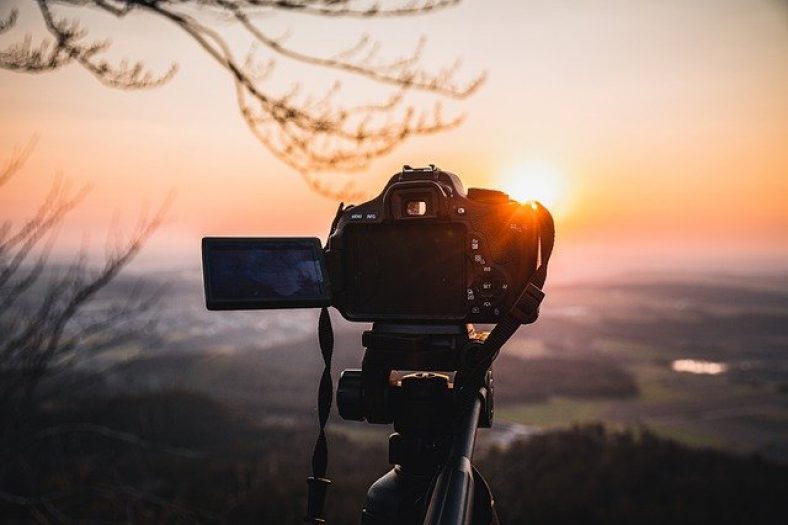Technology in cameras has advanced to the point where almost everyone can take good photographs. Not necessarily amazing photos–composition, subject matter, efficient light, and shadow usage are more important.
If there’s one thing that can help you take great pictures, it’s a tripod. Many people feel that a tripod is just an extra piece of equipment that helps us avoid camera wobble.
Unless you’ve researched a tripod, you’re aware that they come in a wide range of sizes, and yet they all serve the same purpose: to provide stability so that you can capture an image with a sharp image.
This article offers several strong reasons why you should put up a tripod and stand out from the beginners. A very few seconds to minutes in order could make all the difference between taking a great shot and pushing the delete button.
Better stability
Photographers use tripods for a variety of reasons, the most important of which is for steadiness. Stabilizing your camera is important for various techniques, including HDR photography, low-light photography, and long-exposure photography, to mention a few.
It eliminates the camera shake caused by the user, reducing the strain of physical labor that leads to shaky images, especially during long shoots. A tripod can also help you survive the effects of the elements, like the wind.
It offers ample time and flexibility for composition
It can take a long time to set up a tripod. It causes you to slow down, giving you ample time to familiarize yourself with your environment and experiment with camera positioning. This can lead to a better composition, which will improve the look of your photos.
You’ll need to acquire the right exposure in low-light situations like night photography to capture a great photograph. Because you’ll have to hold the camera firm for so much longer, you’ll have a higher risk of producing blurry shots. The ISO, shutter speed, and aperture—also referred to as the exposure triangle—are the three tools experts use for adjusting exposure.
When working in a darker environment, you’ll want to gather as much light as possible. You can achieve this by increasing the ISO, but this will result in noisy and blurry photographs. You can also widen the aperture, but this will result in a lack of depth of field. As a result, you’ll need to use a slower shutter speed—which is where a tripod comes in handy.
A Tripod can support other equipment
You can use certain tripods to mount additional equipment, such as light reflectors and ring lights. This makes scheduling a photo shoot easier.
Assists in the framing process
The whole composition rests on your shoulders while handholding a camera. It’s almost as though the composition’s framework is chosen for you when it’s mounted on a tripod. After you’ve made this major selection, you may concentrate on making minor adjustments to the angle and location.
It enables you to properly frame your subject before adjusting the settings if necessary.
Consider the following scenario: you’ve set up a chair and a table on the porch of your luxury resort home so you can snap a good shot for your website. You glance through the lens, but something doesn’t seem quite right.
So, you set the camera aside and go make some adjustments. Then you take up the camera again, inspect it, and try to have the same angle as before, and you capture your shot.
You can place the tripod and even the camera precisely where you would like with a tripod.
Better for High Dynamic Range Photography
High Dynamic Range photography (HDR) entails combining two identical photos taken at different exposures with editing software. This method is employed when balancing out compositions with a lot of contrast between light and dark.
These shots require you to line up, which you won’t be able to do if you’re handholding the camera. You can manually align them in editing, but use a tripod, and you’ll save a lot of time and energy. The camera’s stable position, thanks to the tripod, will enable you to capture the same composition in every photo. All you have to do now is adjust the exposure settings.
In conclusion
Invest in a tripod and discover how much better your pictures will be. As you can see, a tripod can be a lot handier than you might think.
Related Posts:
